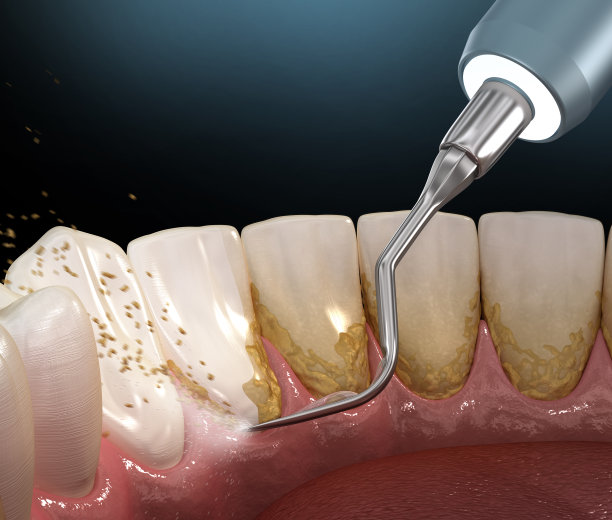The Essential Guide to Understanding Dental Implant Treatment Benefits and Process for a Healthier Smile
Summary: Dental implants have become a cornerstone in restorative dentistry, offering patients numerous advantages over traditional tooth replacement options. This article outlines the essential benefits of dental implants, explores the treatment process in detail, addresses common concerns, and highlights how implants contribute to a healthier smile. With a comprehensive understanding of dental implants, readers can make informed decisions about their oral health that lead to long-term satisfaction and improved quality of life.
1. Key Advantages of Dental Implants

One of the primary benefits of dental implants is their functionality. Unlike dentures or bridges, implants are designed to act like natural teeth, allowing patients to enjoy the full spectrum of eating and speaking without limitations. Patients find that with implants, they can bite into foods such as apples or steak without discomfort, which significantly enhances their quality of life.
Another advantage lies in the durability of dental implants. With proper care, implants can last for decades, making them a long-term investment in oral health. This longevity contrasts with other options, which may need to be replaced or adjusted frequently, incurring additional costs.
Aesthetically, dental implants provide a more natural look than removable dentures. Made to match the color and shape of existing teeth, implants blend seamlessly into the smile, boosting the patients self-esteem and confidence. This psychological benefit cannot be overstated, as a healthy, beautiful smile contributes significantly to overall well-being.
2. Understanding the Treatment Process
The journey to getting dental implants begins with a thorough consultation and evaluation. The dentist will assess the patients oral health, take X-rays, and evaluate bone density to determine if they are a suitable candidate for the procedure. This step is crucial for planning a successful treatment process tailored to the patients needs.
Once deemed suitable, the implant placement surgery is scheduled. During this procedure, a titanium post is surgically embedded into the jawbone, serving as a root for the artificial tooth. This is generally done under local anesthesia to ensure minimal discomfort for the patient. After the post is placed, a healing period follows, during which osseointegration occurs, allowing the bone to fuse with the implant.
Finally, after a successful healing phase, the dental crown is custom-made and attached to the implant. This last step completes the restoration, resulting in a functional and aesthetic tooth that looks and feels real. Dentists ensure that the crown fits properly, matching the shape and size of neighboring teeth for a harmonious smile.
3. Managing Concerns and Misconceptions
Despite their advantages, many patients have concerns about the dental implant process. A common misconception is that the surgery is excessively painful. In reality, advancements in dental anesthesia and techniques have made the procedure quite manageable. Most patients report feeling little to no discomfort during the surgery and utilize over-the-counter pain medication for any post-operative discomfort.
Another concern revolves around the duration of the treatment process. While its true that getting implants takes time—often several months due to the healing phase—many patients find the benefits greatly outweigh the wait. Understanding that this time investment leads to a long-lasting solution can help mitigate patient anxiety.
Finally, some individuals worry about the cost of dental implants. While they may appear more expensive initially, considering their longevity and the benefits they provide makes them a cost-effective solution in the long run. Many dental insurance plans now offer coverage for implants, making this treatment even more accessible to patients seeking a permanent solution.
4. Enhancing Oral Health and Wellness
Dental implants not only provide aesthetic and functional advantages but also promote better oral health. Unlike traditional bridges, which require the alteration of adjacent teeth, implants do not compromise existing tooth structure. This gentler approach helps preserve the integrity of surrounding teeth and supports overall dental health.
Additionally, dental implants help maintain jawbone density. When teeth are lost, the jawbone can deteriorate over time. Implants stimulate the bone, preventing further loss and preserving facial structure. This prevention of bone resorption is vital for maintaining a youthful appearance.
Ultimately, the mental and emotional benefits associated with a confident smile are significant. Patients often express feelings of happiness and increased self-esteem after their treatment, positively impacting their social interactions and overall quality of life. Emphasizing mental wellness alongside physical health is crucial, and dental implants play an important role in this aspect.
Summary:
Dental implants offer a multitude of benefits ranging from improved functionality to aesthetic advantages, contributing to both physical and emotional well-being. Understanding the treatment process and addressing common concerns can empower patients to make informed decisions about their dental health.
This article is compiled by Vickong Dental and the content is for reference only.



